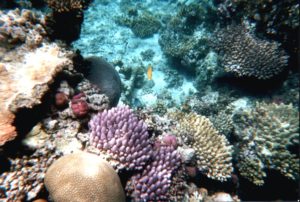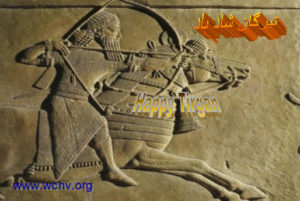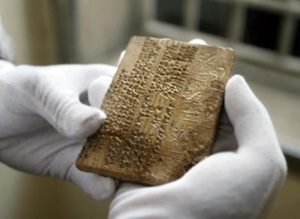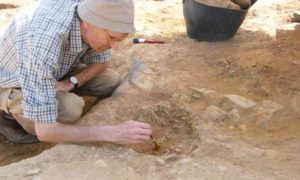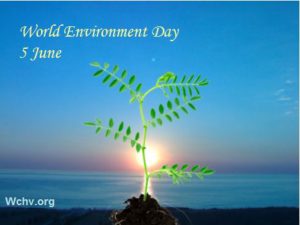A recent report on the condition of the world’s coral reefs last week was published and it was a mixture of good news and bad news but mostly bad news. As announced a few days ago, the good news of the report is that the global coral bleaching event that started in 2015 appears to be finished, according to the U.S. National Oceanic and Atmospheric Administration (NOAA). However, the bad news, is that the 3 successive years of bleaching conditions damaged all but three of the 29 reefs that are listed on the United Nations Educational, Scientific and Cultural Organization (UNESCO)’s World Heritage sites. The worse news is that the long term prognosis is not good. The real warning is that unless dramatic reductions in greenhouse gas emissions are implemented all these reefs will cease to host functioning coral reef ecosystems by the end of the century. That is a disastrous prediction for the planet.
It is important to understand that bleaching occurs when overly warm water leads corals to expel symbiotic algae called zooxanthellae. Without the colorful algae, which use photosynthesis to produce nutrients for themselves and their hosts, the corals turn white, or bleach. If the waters cool soon enough, algae return; if bleaching persists, the corals die – and that is what has been happening due to rising temperatures. Reefs are ecosystems that support more than a million marine species. And an estimated half billion people around the world rely on reefs for livelihoods from fishing and tourism. Therefore, these outcomes have major economic and social impact beyond the ecological and environmental impacts.
NOAA has been actively monitoring and recording their findings. NOAA’s Coral Reef Watch uses satellite observations of sea surface temperatures and modeling to monitor and forecast when water temperatures rise enough to cause bleaching. According to Science magazine, in the most recent case, waters in the Atlantic, Pacific, and Indian Ocean basins began rising in mid-2014 and bleaching started in 2015. The 3-year duration of this latest event is unprecedented; previous periods of global bleaching came and went within a year.
Reefs can recover from bleaching, but it takes 15 to 25 years. The recent numbers show that 13 of the 29 World Heritage listed reefs were exposed to bleaching more than twice per decade between 1985 and 2013, that is, even before the latest bleaching event which killed significant numbers of corals on Australia’s Great Barrier Reef 2 years in a row according to Science magazine.
But even if CO2 emissions are curbed, reefs face challenges from climate change. The Paris Agreement sets the goal of holding the increase in the global average mean temperature to well below 2°C above preindustrial levels but calls for efforts to limit that increase to 1.5°C. The report states that any increase greater than 1.5°C will likely cause “severe degradation of the great majority of coral reefs.” However, limiting the rise in atmospheric temperatures will at least give reefs some time to adapt.

